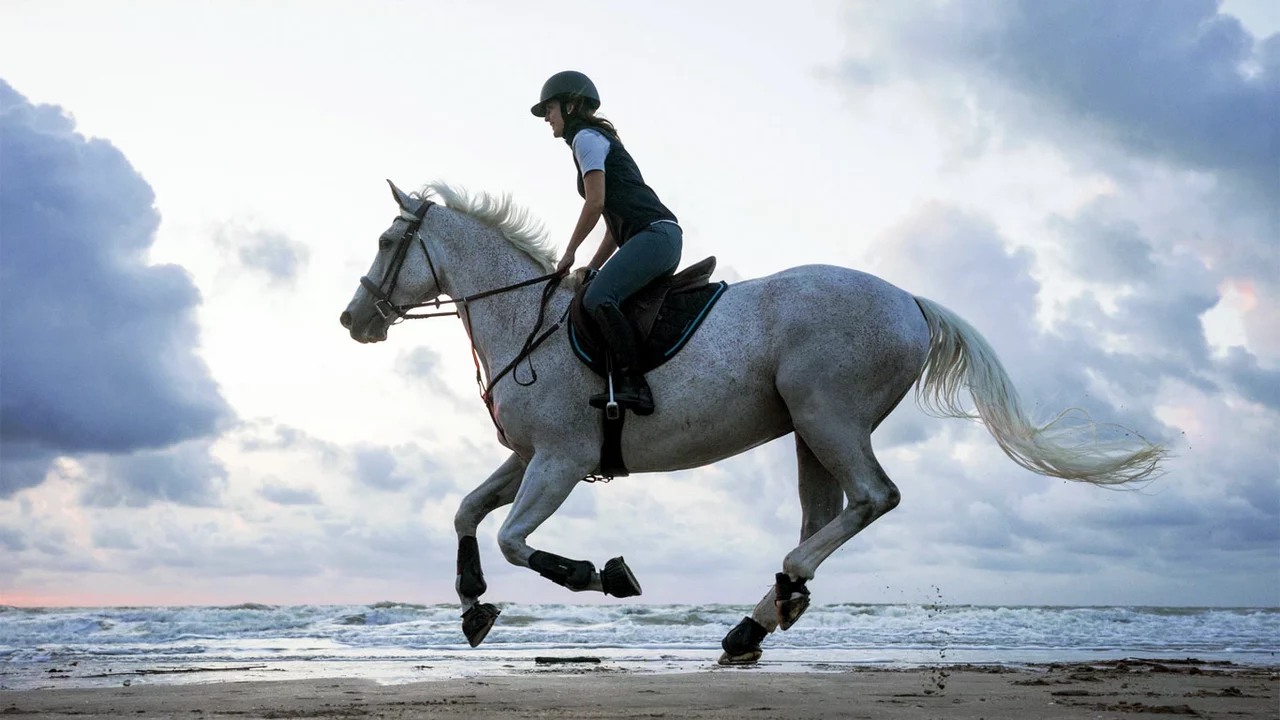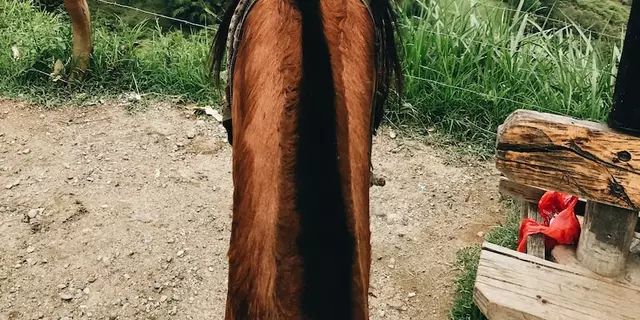Riding Horse: Real Tips for Beginners and Experienced Riders
If you’ve ever watched a rider glide across a field and wondered how to get that feeling, you’re in the right spot. Here we break down the most useful advice for getting on a horse, staying comfortable, and keeping your back happy.
How to Start Riding in Just a Few Sessions
The fastest way to feel confident is to focus on three basics: posture, reins, and balance. Sit tall with your shoulders relaxed, keep your elbows soft, and let the reins flow gently in both hands. When you first mount, use a sturdy step or a mounting block, swing your leg over, and settle into the saddle before the horse moves.
Most beginners can pick up the trot in a week if they practice three times a day for an hour. You won’t be racing the wind yet, but you’ll learn how to cue forward, stop, and turn without leaning too much. Remember: a horse mirrors your body, so a steady core and even breathing make a huge difference.
Staying Safe and Preventing Back Pain
Back aches are a common complaint, but they’re avoidable. Start each ride with a quick stretch – think cat‑cow on the floor, then shoulder rolls. While riding, keep your spine in a neutral line; avoid hunching over the horse’s neck. A well‑fitted saddle is non‑negotiable – it should sit level, with a slight dip in the front to support the horse’s shoulders.
Take short breaks after every 20‑30 minutes, especially on rough terrain. Hydrate, roll your shoulders, and shake out your legs. If you feel tension, ease off the reins and shift your weight slightly forward to relieve pressure on the lower back.
Age isn’t a barrier either. Kids, teens, and seniors all ride successfully as long as they work with a qualified instructor and choose a suitable horse. The key is listening to your body and adapting the intensity of each session.
Beyond the basics, think about gear. A certified helmet protects your head, while boots with a small heel stop your foot from slipping through the stirrup. Dress in layers that breathe – a light jacket for early mornings, a rain shell for wet days.
Finally, remember that riding is a partnership. Talk to your horse, offer a gentle pat, and reward calm behavior with treats or a soothing voice. When you build trust, the horse responds with smoother, more predictable movement, and you’ll notice less strain on your muscles.
Whether you’re chasing the thrill of a fast canter or just looking for a peaceful weekend ride, these tips give you a solid foundation. Keep practicing, stay aware of your body, and enjoy the unique bond that only a horse can offer.



